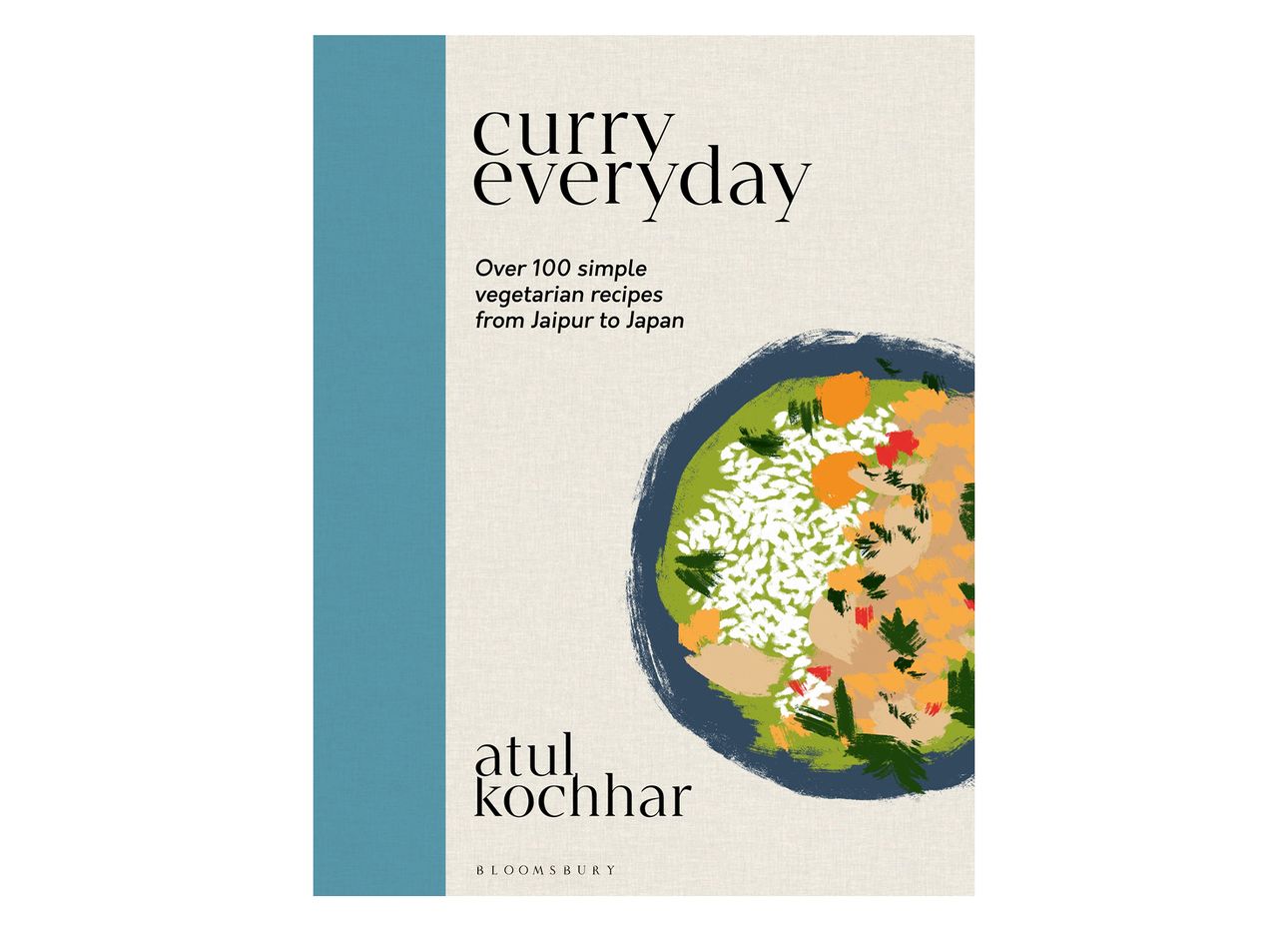
Atul Kochhar Sees Curry as Vessel for Cultural Exchange
Atul Kochhar treats curry with care. Instead of confining it to oversimplified variations of green, red, or yellow, the celebrated chef and restaurateur, who was born in Jharkhand, India, considers the dish’s ingredients as a basis for experimentation and cultural exchange. For Kochhar, this approach to curry is part of a decades-long effort to transform how Westerners think about and experience Indian cuisine—particularly those in the United Kingdom, where he moved in 1994 to open his Michelin-starred restaurant Tamarind in London, followed by the Michelin-starred Benares and award-winning restaurants in Ireland, Dubai, and Spain. His signature fusion of classic Indian foods with traditional culinary techniques from around the world is appetizingly apparent in his upcoming cookbook, Curry Everyday: Over 100 Simple Vegetarian Recipes From Jaipur to Japan (Bloomsbury), out this month.
Kochhar’s conception of curry, as he explains in the book’s introduction, draws upon what the term refers to in India: a spiced dish with a sauce, gravy, or masala base. But he also appreciates how the definition of curry varies in the hands of cooks from other regions, including Yemen, Morocco, Indonesia, and Pakistan, who riff on the dish by using available produce, and concoct their preferred levels of spiciness, sweetness, and acidity. Through these efforts in curry, Kochhar writes, “Indian food has, in my opinion, been enriched. [...] The best bits from different cuisines and cultures have been brought together, and ultimately this book is a celebration of those glorious recipes.”
The book is organized into regional families of curry—Far East Asia, Africa, the Indian subcontinent, and the Middle East—and unfolds as a dynamic combination of recipes and culinary ethnography. Since many of the featured regions have long followed vegetable-led diets, and because Kochhar sees that people are generally consuming less meat, focusing on vegetarian curries was a natural move. Highlights include a rich Spiced Red Lentil Stew, made with Ethiopian butter that’s laced with garlic and ginger; Aubergine and Tofu Katsu Curry, which incorporates an intense Japanese curry powder; and Capitan’s Curry, whipped up using a fusion of Malaysian and Chinese cooking traditions from the 16th century. Some recipes have been adapted from meat-based ones, such as Bobotie, a classic South African savory pie served with rice and boiled vegetables that is usually made with lamb. Kochhar’s version, prepared with dried soya mince, a crumbly protein substitute made from soy powder, is equally tasty.
Enhanced with succinct, thoughtful notes for understanding traditional preparations of ingredients—such as why Japanese chefs commonly use paddle-like wood spoons to handle sticky rice, or the reason Iraqi dishes often feature Indian curry powder—make the entries all the more intriguing. The overall effect? An edible tour of cuisines from around the world, experienced without leaving the confines of your kitchen.